How To Use A Telescope?
Using a telescope can be an incredibly rewarding experience, allowing you to explore the night sky and observe celestial objects in detail. Whether you're a beginner or an experienced stargazer, understanding how to properly use a telescope is essential for maximizing your viewing experience. In this article, we will cover the fundamental steps and tips for using a telescope effectively, ensuring you get the most out of your astronomical observations.
Choosing the Right Telescope

Before diving into the practical steps of using a telescope, it's important to choose the right one for your needs. Telescopes come in various types, including refractors, reflectors, and compound (catadioptric) telescopes. Each type has its own advantages and disadvantages:
1. Refractor Telescopes: These use lenses to gather and focus light. They are generally easy to use and require minimal maintenance. They are ideal for viewing planets and the moon but can be more expensive for larger apertures.
2. Reflector Telescopes: These use mirrors to gather and focus light. They are often more affordable for larger apertures and are excellent for deep-sky observations. However, they require regular maintenance, such as collimation (alignment of mirrors).
3. Compound Telescopes: These combine lenses and mirrors to gather and focus light. They are versatile and compact, making them suitable for a wide range of observations. They can be more expensive but offer excellent image quality.
Setting Up Your Telescope
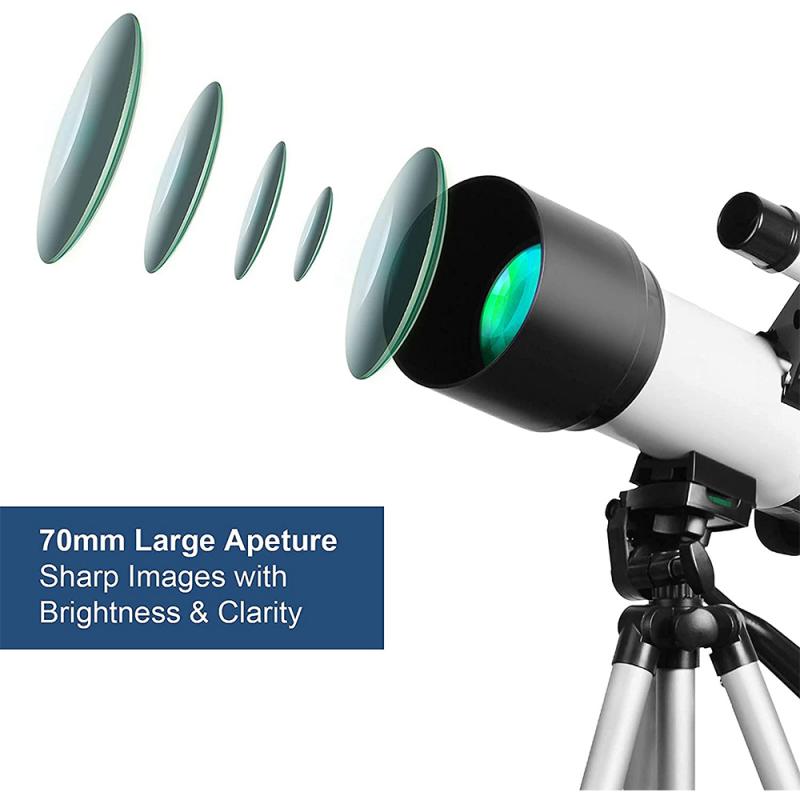
Once you have chosen the right telescope, the next step is to set it up properly. Follow these steps to ensure a smooth setup process:
1. Find a Suitable Location: Choose a location with minimal light pollution and a clear view of the sky. Avoid areas with streetlights or other sources of artificial light. A backyard, park, or open field can be ideal.
2. Assemble the Telescope: Follow the manufacturer's instructions to assemble your telescope. This typically involves attaching the optical tube to the mount and tripod. Ensure all components are securely fastened.
3. Align the Finderscope: The finderscope is a small, low-power telescope attached to the main telescope. It helps you locate objects in the sky. To align it, point the main telescope at a distant object (such as a tree or building) during the day and adjust the finderscope until the object is centered in both the finderscope and the main telescope.
4. Balance the Telescope: If you have an equatorial mount, balance the telescope by adjusting the counterweights. This ensures smooth movement and prevents strain on the mount.
Polar Alignment (For Equatorial Mounts)
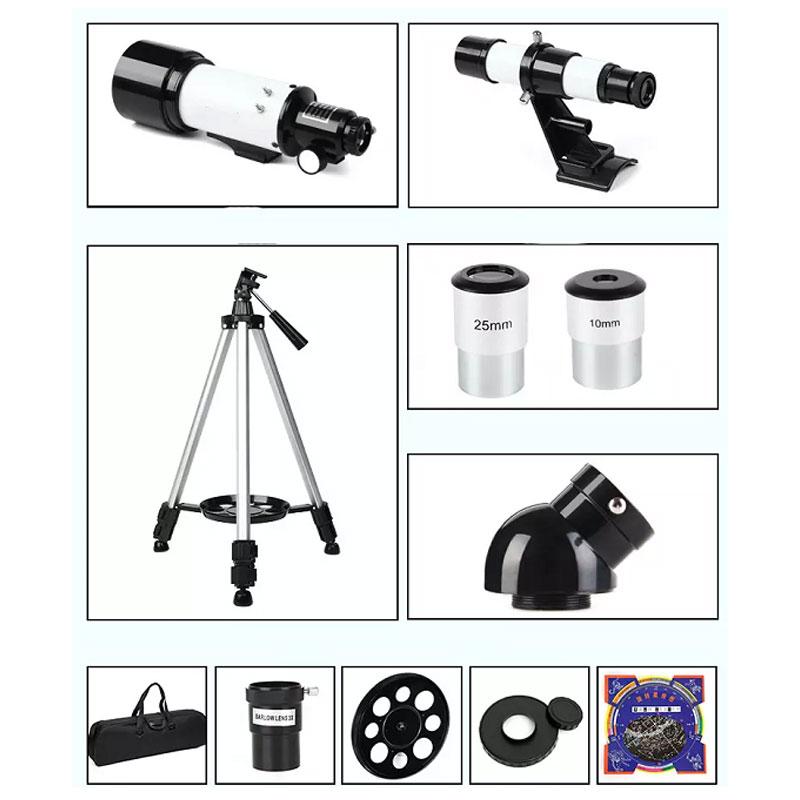
If you are using an equatorial mount, polar alignment is crucial for accurate tracking of celestial objects. Follow these steps for polar alignment:
1. Locate Polaris: Polaris, the North Star, is located near the North Celestial Pole. Use a star chart or a smartphone app to find Polaris in the night sky.
2. Align the Mount: Adjust the mount's altitude and azimuth controls to point the polar axis of the mount directly at Polaris. This aligns the mount with the Earth's rotational axis.
3. Fine-Tune the Alignment: Use the mount's fine adjustment controls to precisely center Polaris in the polar scope or alignment reticle. This ensures accurate tracking of celestial objects.
Using the Telescope

With your telescope set up and aligned, you are ready to start observing. Follow these steps to use your telescope effectively:
1. Start with Low Power: Begin with a low-power eyepiece (e.g., 25mm or 30mm) to locate objects in the sky. Low power provides a wider field of view, making it easier to find and center objects.
2. Focus the Telescope: Use the focus knob to bring the object into sharp focus. If the image appears blurry, adjust the focus until it becomes clear.
3. Switch to Higher Power: Once you have located and centered the object, you can switch to a higher-power eyepiece (e.g., 10mm or 15mm) for a closer view. Keep in mind that higher magnification can make the image dimmer and more susceptible to atmospheric turbulence.
4. Track the Object: If you are using an equatorial mount, use the slow-motion controls or motorized tracking to keep the object centered in the eyepiece as the Earth rotates. For altazimuth mounts, manually adjust the telescope to follow the object's movement.
Observing Tips
To enhance your observing experience, consider the following tips:
1. Allow Time for Cool Down: Telescopes need time to reach thermal equilibrium with the outside temperature. Allow your telescope to cool down for at least 30 minutes before observing to reduce image distortion caused by temperature differences.
2. Use a Star Chart or App: A star chart or smartphone app can help you identify and locate celestial objects. These tools provide valuable information about the night sky and can guide your observations.
3. Avoid Touching the Telescope: Once the telescope is focused and tracking an object, avoid touching it. Even slight movements can cause the image to shake and blur.
4. Take Notes and Sketches: Keep a journal of your observations, noting the date, time, and details of the objects you observe. Sketching what you see can also help improve your observational skills.
5. Be Patient: Observing celestial objects requires patience and practice. Take your time to explore the night sky and enjoy the experience.
Troubleshooting Common Issues
Even with careful setup and use, you may encounter some common issues while using your telescope. Here are a few troubleshooting tips:
1. Blurry Images: If the image appears blurry, check the focus and ensure the telescope has reached thermal equilibrium. Atmospheric turbulence can also cause blurriness, so try observing on nights with stable weather conditions.
2. Difficulty Finding Objects: If you have trouble locating objects, double-check the alignment of your finderscope and use a low-power eyepiece. Star charts and apps can also help you navigate the sky.
3. Poor Tracking: If your equatorial mount is not tracking objects accurately, recheck the polar alignment and ensure the mount is balanced. For motorized mounts, verify that the tracking motor is functioning correctly.
Using a telescope can open up a world of wonder and discovery, allowing you to explore the cosmos from your own backyard. By choosing the right telescope, setting it up properly, and following best practices for observing, you can enjoy stunning views of planets, stars, galaxies, and more. Remember to be patient and persistent, as mastering the use of a telescope takes time and practice. With dedication and curiosity, the night sky will reveal its many secrets to you. Happy stargazing!





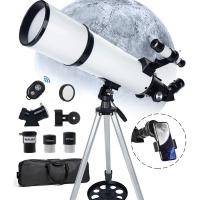
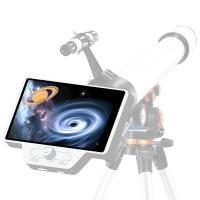
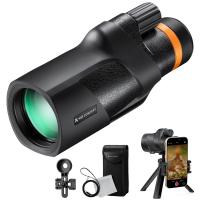
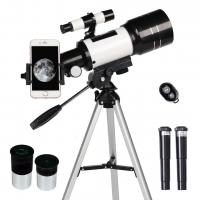
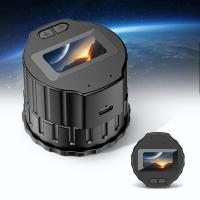

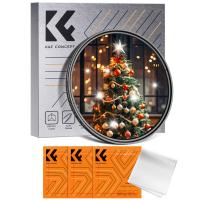
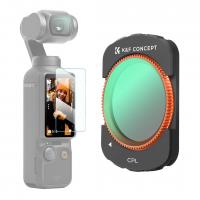
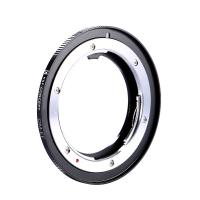

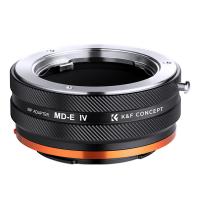

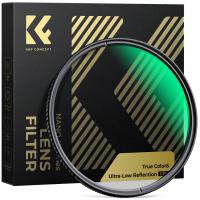
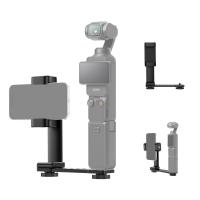

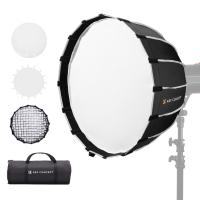
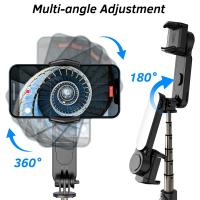



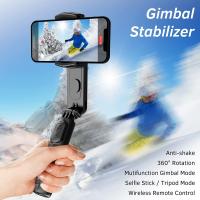






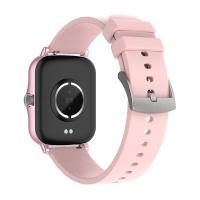

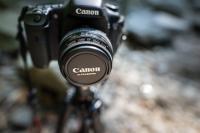

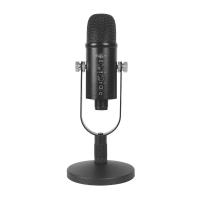
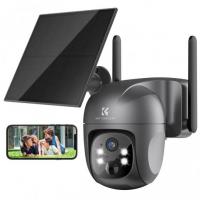
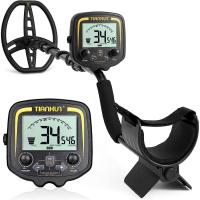


There are no comments for this blog.